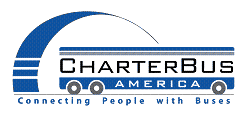Glossary: Software Interface
Software Interface
Software interfaces (also know as software API’s) are commonly used in software integration projects.
Definition (ISO):
(1) A shared boundary between two functional units, defined by functional characteristics, common physical interconnection characteristics, signal characteristics, and other characteristics, as appropriate. The concept involves the specification of the connection of two devices having different functions.
(2) A point of communication between two or more processes, persons, or other physical entities.
(3) A peripheral device which permits two or more devices to communicate.
Interface analysis (IEEE) Evaluation of:
1) Custom software requirements specifications with hardware, user, operator, and software interface requirements documentation.
(2) Software design description records with hardware, operator, and software interface requirements specifications.
(3) source code with hardware, operator, and software interface design documentation, for correctness, consistency, completeness, accuracy, and readability. Entities to evaluate include data items and control items.
Interface requirement. (IEEE):
A requirement that specifies an external item with which a software application or software component must interact, or sets forth constraints on formats, timing, or other factors caused by such an interaction.
Utilization:
Software interfaces are often used in custom software development projects. API interfaces allow software development companies to write custom programming routines that link directly to compiled software products in a controlled, systematic fashion, thereby maintaining the integrity of the software product. SDK’s (software development kits) allow custom software developers to integrate business software and internet software products directly with many popular business software applications.




